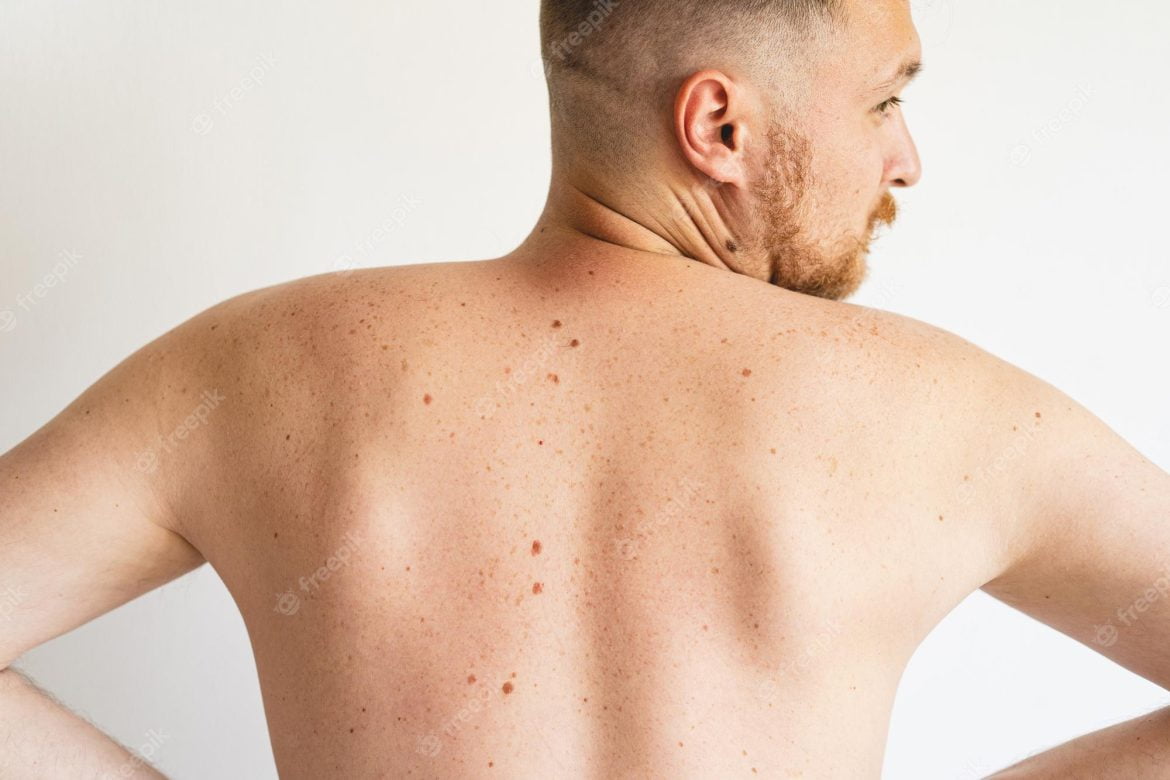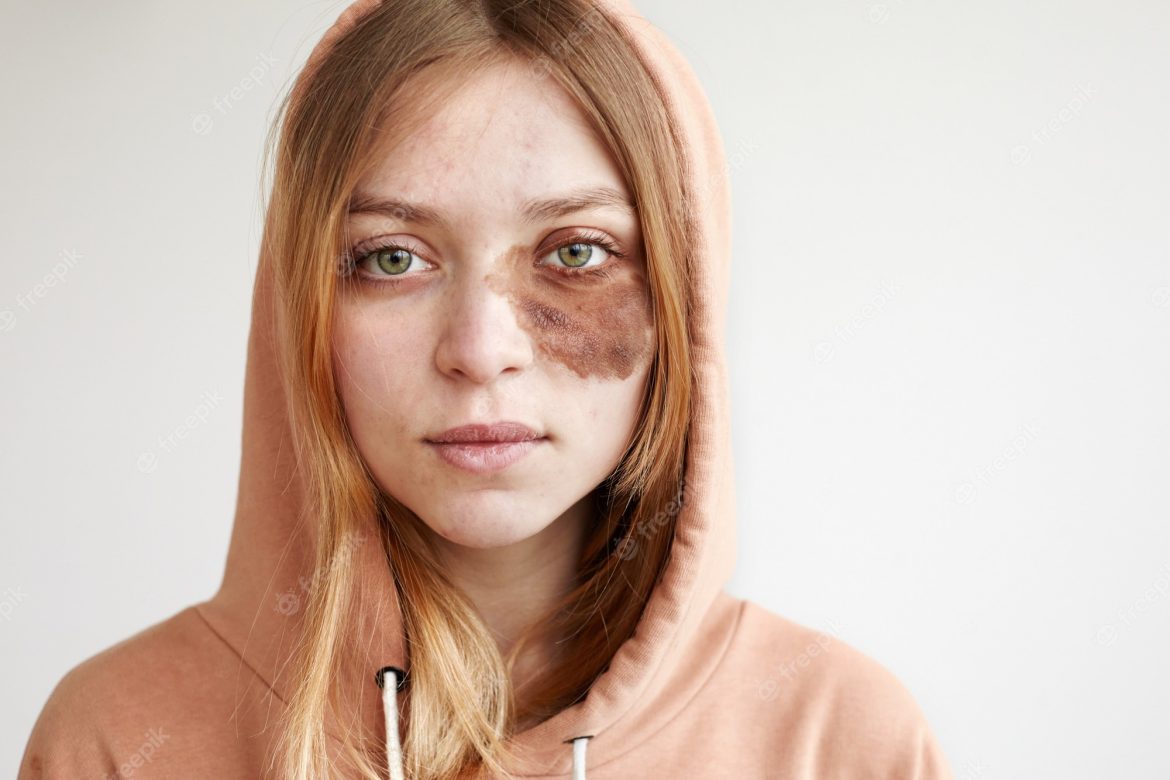
Introduction
Flat pigmented birthmarks are common skin markings that appear at birth or shortly after. These marks are typically harmless and do not pose any health risks. However, they can sometimes cause concern or self-consciousness, leading individuals to seek treatment options. In this article, we will explore the causes, types, and available treatment options for flat pigmented birthmarks.
I. Causes of Flat Pigmented Birthmarks:
Flat pigmented birthmarks are primarily caused by an excess of pigment-producing cells, known as melanocytes, in certain areas of the skin. This excessive pigmentation can occur due to various factors, including:
- Genetic Factors: In some cases, flat pigmented birthmarks can be inherited and passed down through generations. Certain genetic conditions, such as neurofibromatosis or tuberous sclerosis, can also lead to the development of pigmented birthmarks.
- Hormonal Factors: Hormonal changes during pregnancy can trigger the formation of pigmented birthmarks. These marks, known as melasma or chloasma, often appear as dark patches on the face and usually fade after childbirth.
- Unknown Factors: While the exact cause of some pigmented birthmarks remains unknown, they are believed to result from random genetic mutations or abnormalities during fetal development.
II. Types of Flat Pigmented Birthmarks:
Flat pigmented birthmarks can manifest in various forms, each with its unique characteristics. The most common types include:
- Café-au-Lait Spots: Café-au-lait spots are light to dark brown patches that resemble the color of coffee with milk. They are typically oval-shaped and can vary in size. While these birthmarks are generally harmless, the presence of multiple café-au-lait spots may indicate an underlying medical condition.
- Mongolian Spots: Mongolian spots are bluish-gray or bruise-like patches that often appear on the lower back or buttocks. They are more prevalent in individuals with darker skin tones and usually fade over time without requiring treatment.
- Nevus of Ota: Nevus of Ota presents as bluish-gray or slate-colored patches on the face, most commonly around the eyes. It is more commonly seen in individuals with Asian or African ancestry. Although benign, nevus of Ota may affect an individual’s self-esteem and prompt them to seek treatment options.
- Nevus Spilus: Nevus spilus is characterized by a light tan or brown background with darker spots or freckles on the surface. These birthmarks can occur anywhere on the body and may increase in size proportionately with the individual.
III. Treatment Options for Flat Pigmented Birthmarks:
In most cases, flat pigmented birthmarks do not require treatment and fade naturally over time. However, if the birthmark is causing emotional distress, affecting self-esteem, or associated with an underlying condition, the following treatment options may be considered:
- Laser Therapy: Laser therapy is a common approach for treating flat pigmented birthmarks. This treatment uses specialized lasers to target and break down the excess pigment in the affected area, leading to its gradual lightening or complete removal.
- Topical Creams: Certain topical creams, such as those containing hydroquinone, tretinoin, or corticosteroids, may be prescribed to lighten pigmented birthmarks. These creams are usually applied over an extended period, and results may vary.
- Surgical Excision: In some cases, surgical excision may be recommended, especially if the birthmark poses a risk of malignancy or if it is causing physical discomfort. This procedure involves removing the birthmark surgically under local or general anesthesia.
- Camouflage Makeup: Camouflage makeup can be an effective temporary solution to conceal pigmented birthmarks. Specially formulated makeup products can help even out the skin tone and reduce the visibility of the birthmark.
Conclusion
Flat pigmented birthmarks are common skin conditions that typically pose no health risks. While they often fade over time without any treatment, some individuals may choose to pursue treatment options for cosmetic or personal reasons. Laser therapy, topical creams, surgical excision, and camouflage makeup are among the available treatment options. If you have concerns about a pigmented birthmark, it is advisable to consult a dermatologist or a healthcare professional for a proper evaluation and guidance regarding the most suitable course of action.



